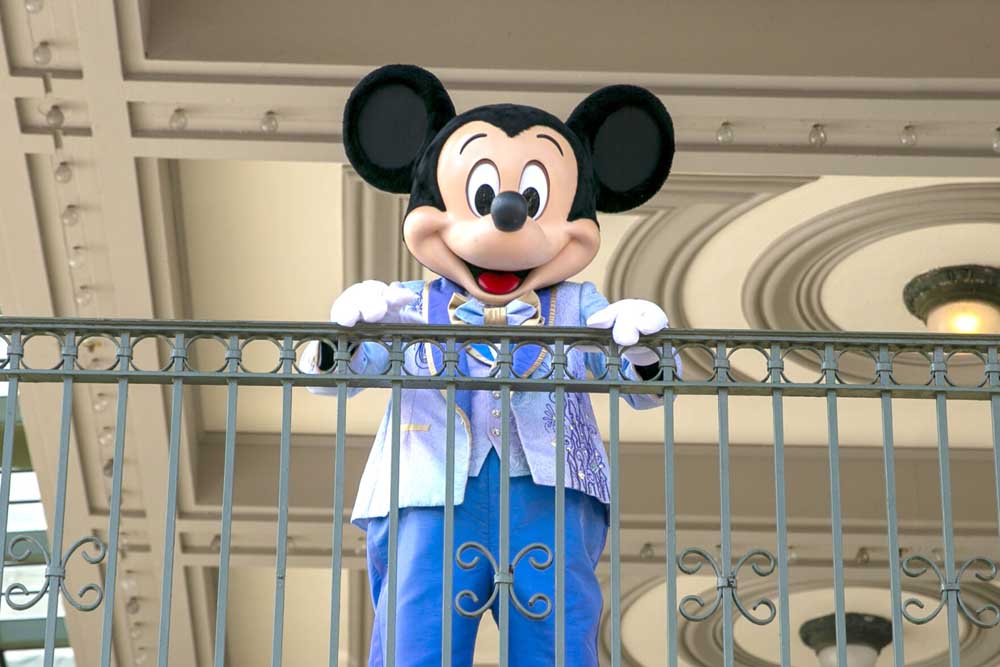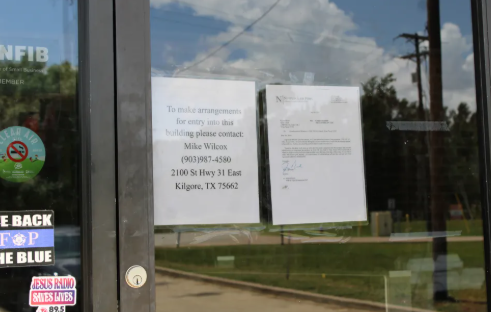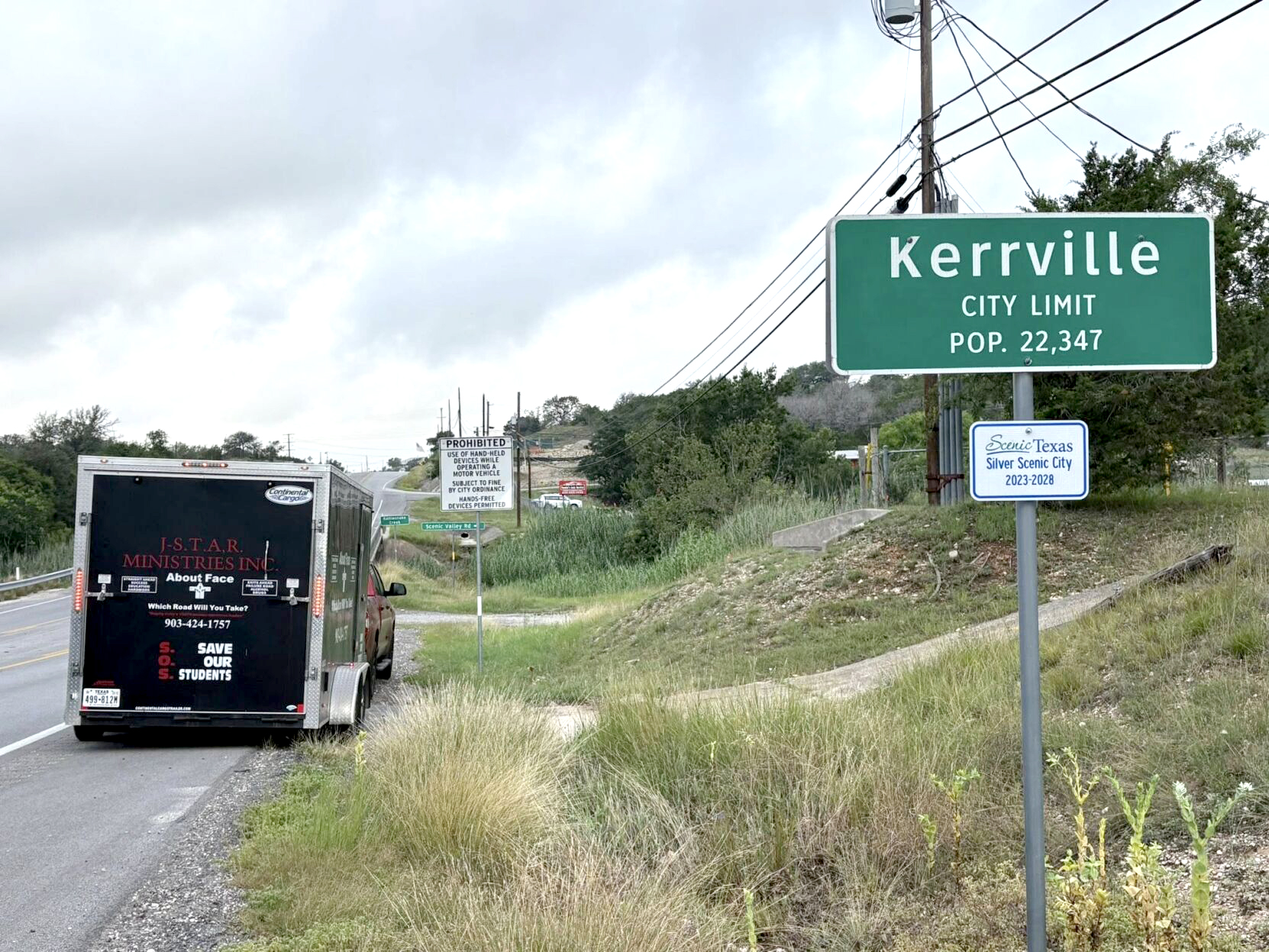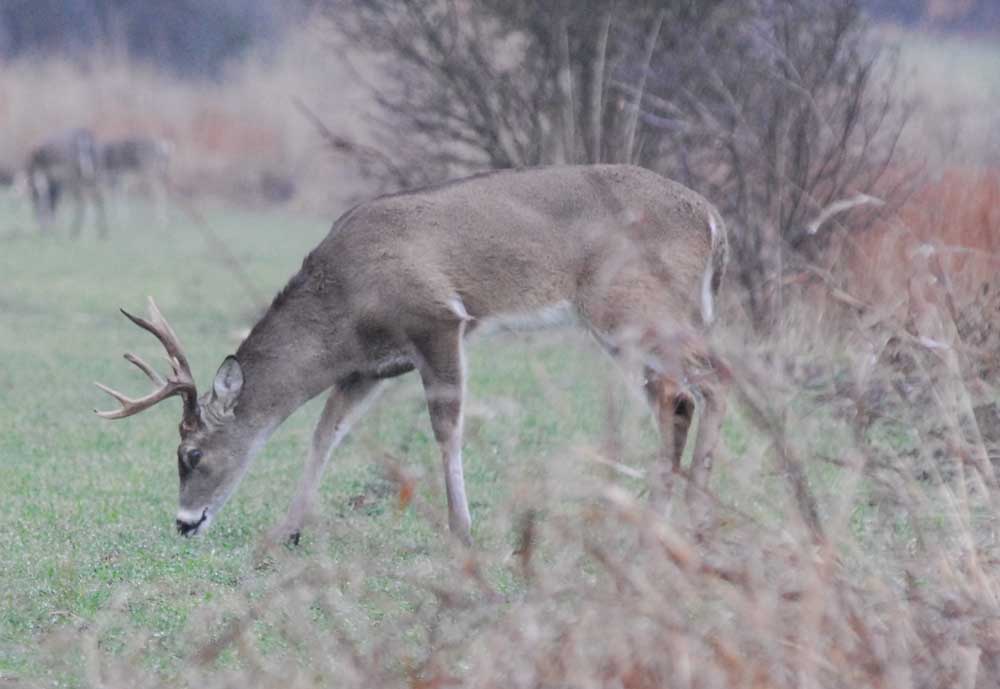What Winnie the Pooh, Mickey Mouse say about public domain
Published 11:13 am Friday, April 19, 2024

- An actor dressed as Mickey Mouse greets visitors in April 2022 at the entrance to Magic Kingdom Park at Walt Disney World Resort in Lake Buena Vista, Fla. (Ted Shaffrey/AP File Photo)
LOS ANGELES — The giant stuffed bear, its face a twisted smile, lumbers across the screen. Menacing music swells. Shadows mask unknown threats. Christopher Robin begs for his life. And is that a sledgehammer about to pulverize a minor character’s head?
Thus unfolds the trailer for the 2023 movie “Winnie the Pooh: Blood and Honey,” a slasher-film riff on A.A. Milne’s beloved characters, brought to you by … the expiration of copyright and the arrival of the classic children’s novel into the American public domain.
Trending
We were already living in an era teeming with remixes and repurposing, fan fictions and mashups. Then began a parade of characters and stories, led by Winnie the Pooh and Mickey Mouse with many more to follow, marching into the public domain, where anyone can do anything with anything and shape it into a new generation of stories and ideas.
After a two-decade drought brought on by congressional extensions of the copyright period in 1998, works again began entering the public domain — becoming available for use without licensing or payment — in 2019. The public began to notice in 2022, when Winnie the Pooh was freed for use as the 95-year copyright period elapsed on the novel that introduced him.
That made possible “Blood and Honey” — not to mention a sequel that dropped last month, a forthcoming third and plans for a “Poohniverse” of twisted public domain characters including Bambi and Pinocchio. Pooh going public was followed this year by a moment many thought would never come: the copyright expiration on the original version of Mickey Mouse, as he appeared in the 1928 Walt Disney short, “Steamboat Willie.”
The mouse and the bear are but the beginning. The heights of 20th century pop culture — Superman among them — lie ahead.
Classic characters, new stories, fresh mashups. Will it be all be a bonanza for makers? Are we entering a heyday of cross-generational collaboration or a plummet in intellectual property values as audiences get sick of seeing variations of the same old stories?
Does a murderous Pooh bear have something to show the 21st century entertainment world?
Trending
Films from Hollywood’s early talkie era have started to become public. King Kong, who has one of his enormous feet in the public domain already because of complications between companies that own a piece of him, will shed his remaining chains in 2029. Then, in the 2030s, Superman will soar into the public domain, followed in quick succession by Batman, the Joker and Wonder Woman.
The possibility of new stories is vast. So is the possibility of repetition. Classic stories and characters could get, well a bit tiresome.
“I don’t feel like it’s going to make that big a difference,” says Phil Johnston, an Oscar nominee who co-wrote Disney’s 2011 “Wreck It-Ralph” and co-wrote and co-directed its sequel, 2018’s “Ralph Breaks the Internet.”
“Like, ‘Winnie the Pooh Blood and Honey’ was was a novelty, made a bit of a splash, I guess. But if someone makes ‘Steamboat Willie’ (into) a jet ski movie or something, who cares?” he says. “If there’s some great new idea behind it, maybe. But there’s nothing I’m looking at where I’m thinking, ‘Oh, my God, now that ’The Jazz Singer’ is available, I’m going to redo that.’”
Many creators were clearly anxious to do something with “The Great Gatsby,” which has been subject to several reinterpretations in very different flavors since it became public in 2021, says Jennifer Jenkins, a professor of law and director of Duke’s Center for the Study of Public Domain.
“We have our feminist retellings of ‘The Great Gatsby’, where Jordan gets to tell the story from her perspective, Daisy gets to tell the story from her perspective,” Jenkins says. “We got prequels, we got sequels, we’ve got musicals, TV shows, we’ve got the zombie version because we always do. These are things that you can do with public domain work. These are things that you can do with with Mickey Mouse.”
But the newly available works and characters are arriving after years of parent corporations demanding that every creation be tied to their intellectual property. And with some big, “ Barbie ”-sized exceptions, the returns are growing thinner, and artists themselves are a little sick of it.
“The biggest limiting factor right now is that almost everything that anyone wants is has to be from existing IP,” says Johnston, whose newest project is an animated adaptation of Roald Dahl’s “The Twits” for Netflix. ”And that that the notion of an original idea is somehow scary, certainly to a marketing entity, because they just have to work harder to get it into the public’s consciousness. That’s the bummer.”
And while Shakespeare, Dickens and Austen have been public-domain gold mines at various times, other properties have proven more problematic. The forthcoming “Wicked,” starring Ariana Grande and Cynthia Erivo, will be yet another attempt at using the public-domain work of author Frank Baum’s Oz — filtered through a hit novel and Broadway show — to glom onto the classic status of the 1939 “Wizard of Oz” film. Previous tries led to little success, and most were outright flops, most recently 2013’s “Oz the Great and Powerful,” from Disney.
(In an odd quirk of the “Wizard of Oz” rights, the film’s most famous artifact, Dorothy’s ruby slippers, are still the intellectual property of MGM via the 1939 film. In Baum’s book, the shoes were silver.)






